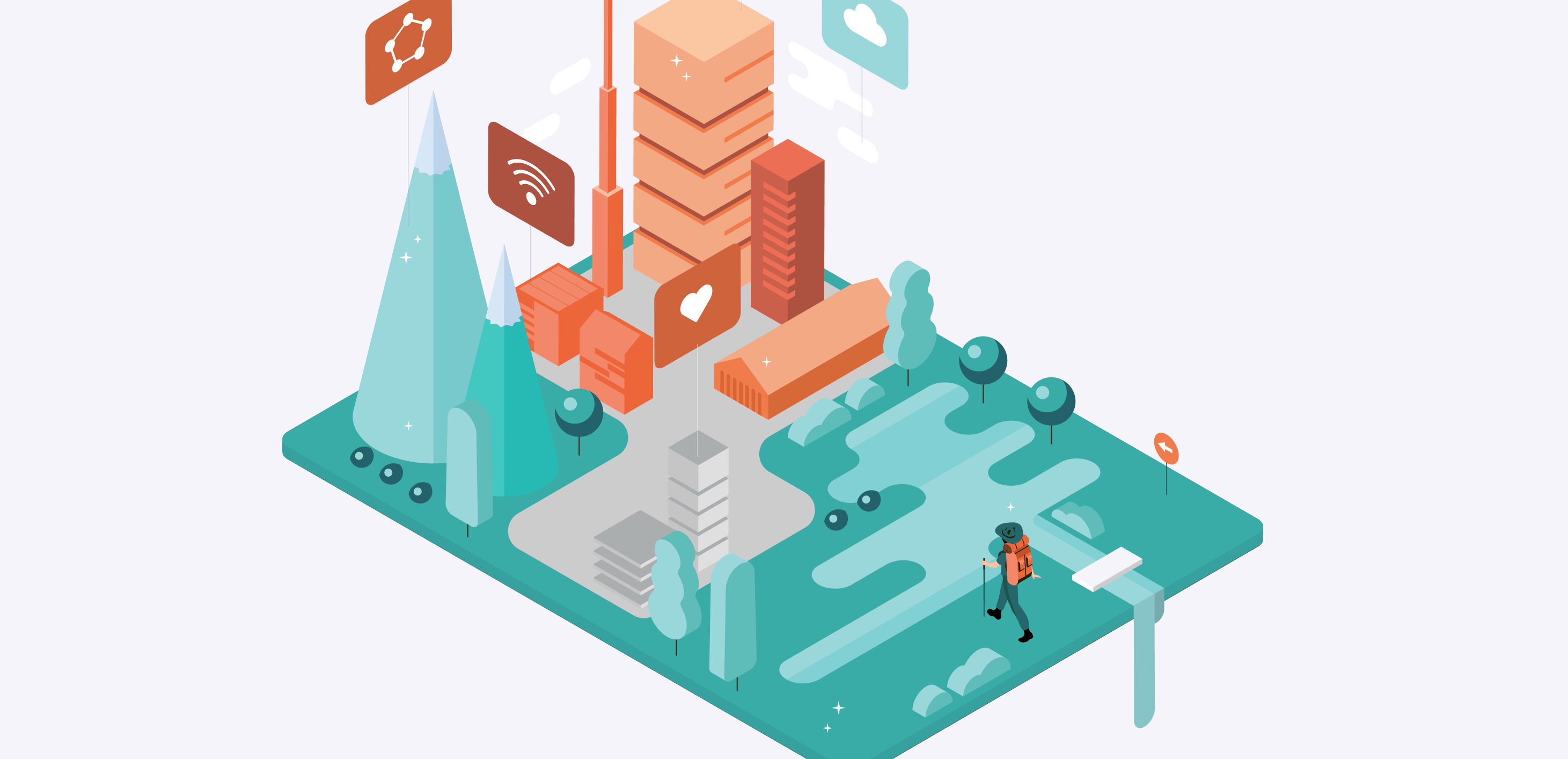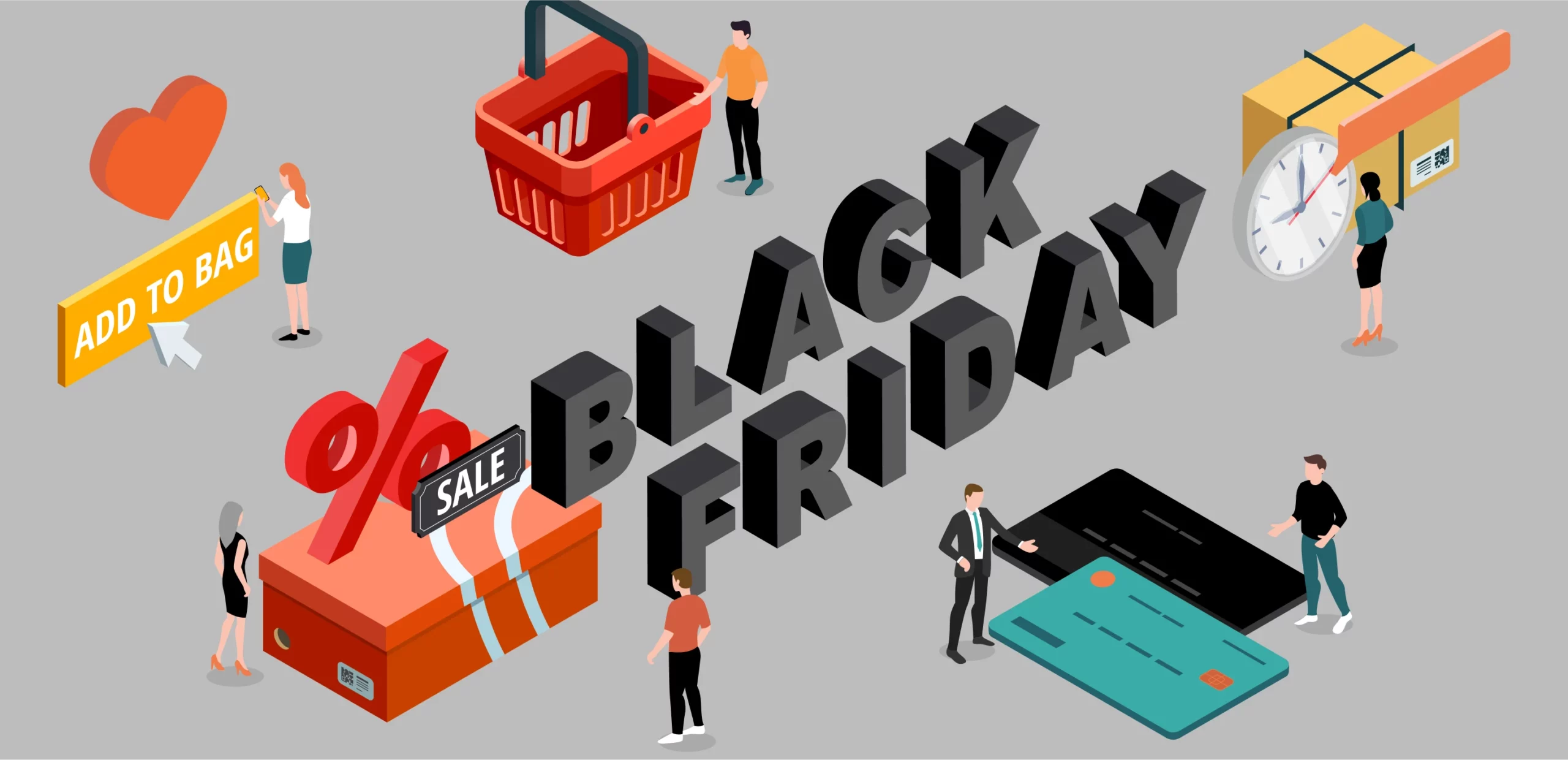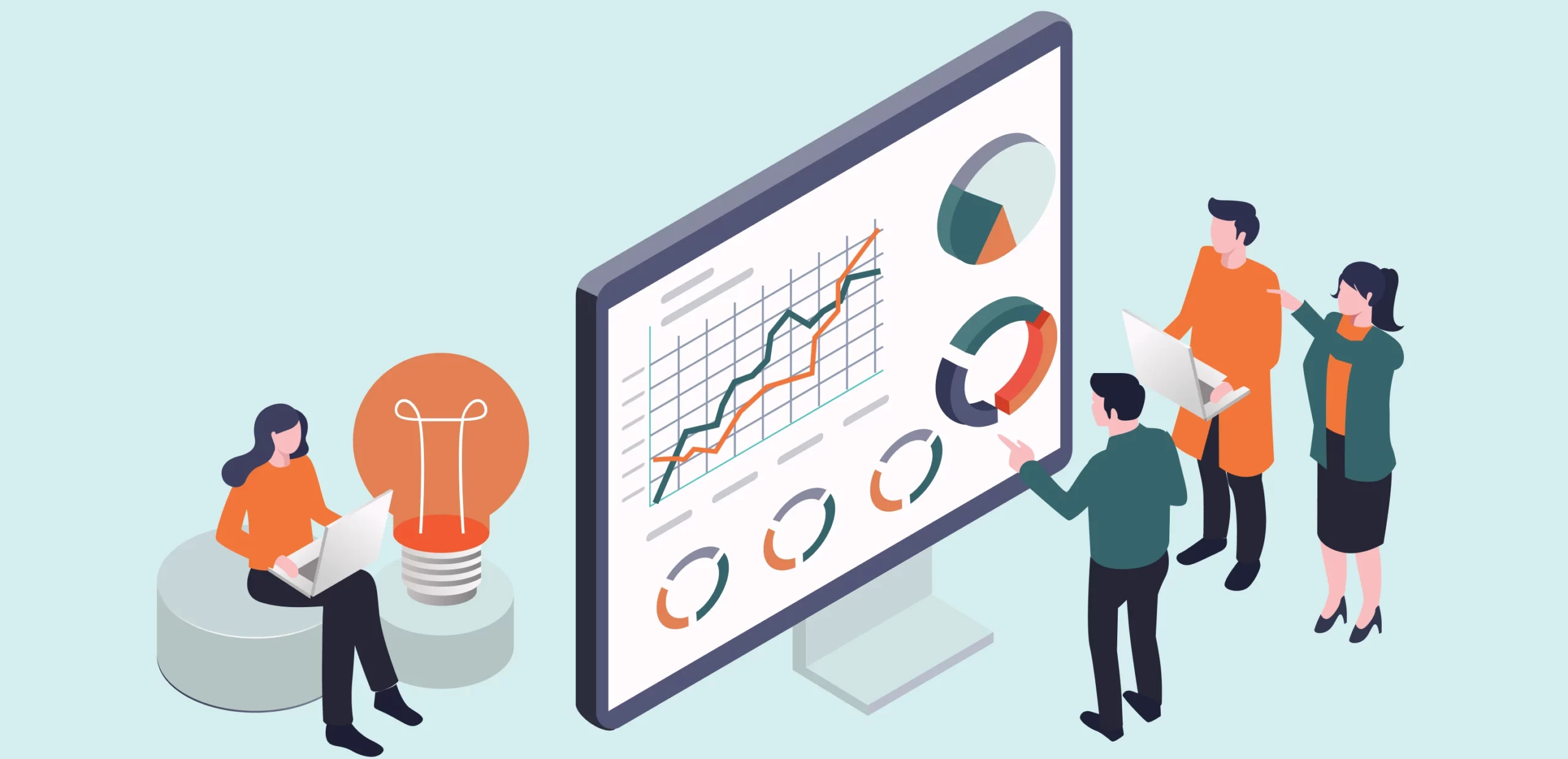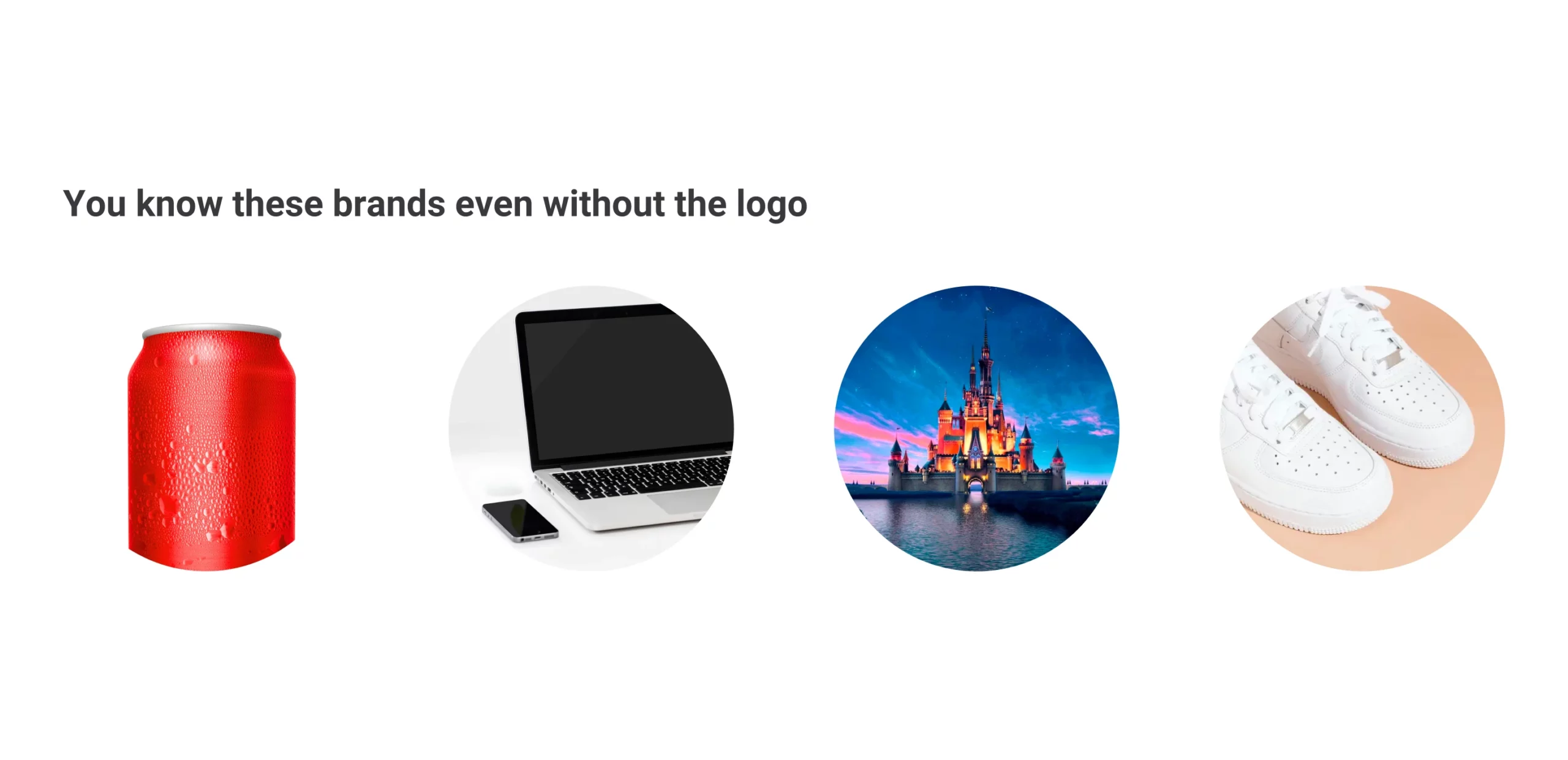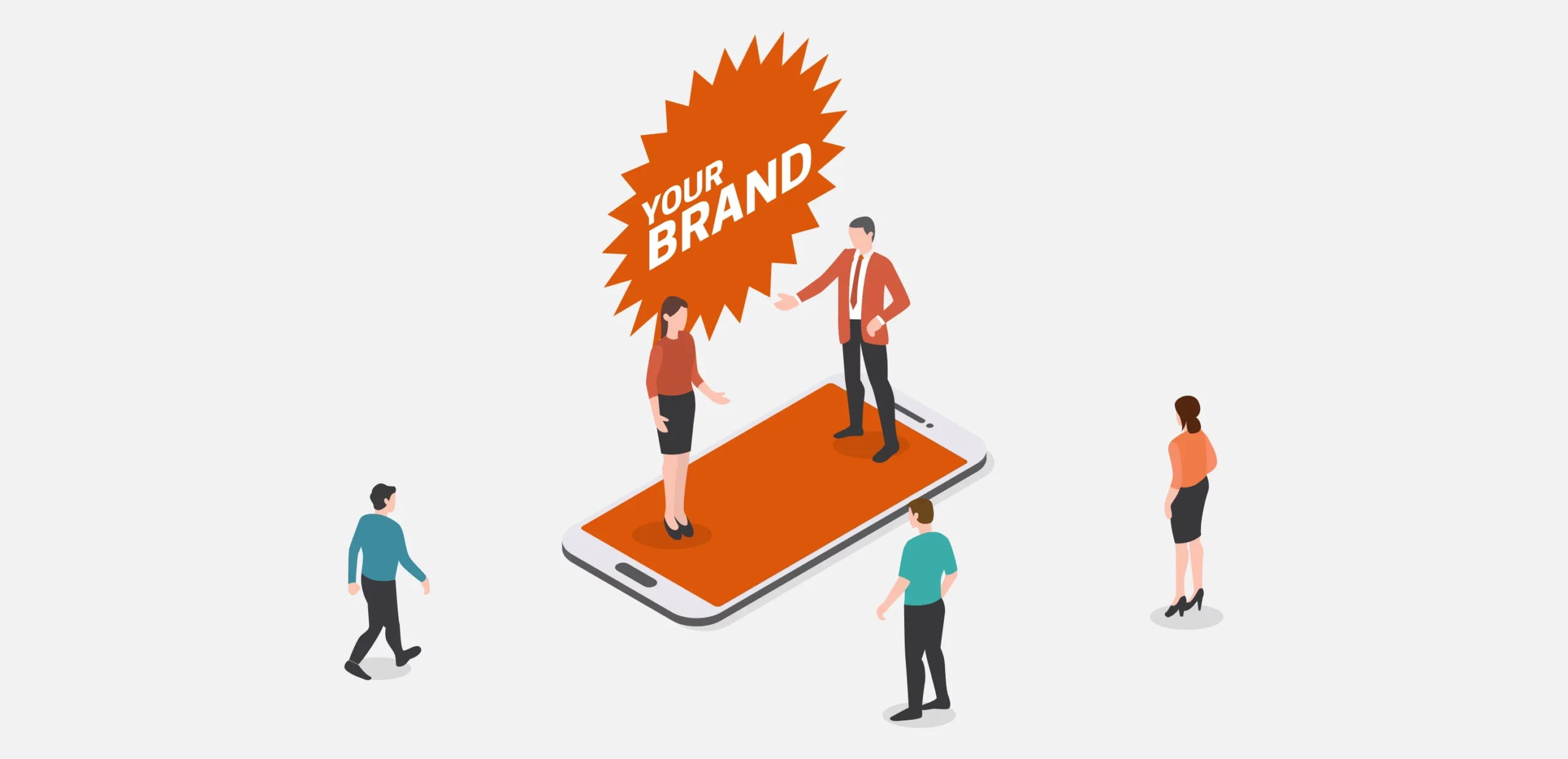In the ever-evolving landscape of B2B marketing, staying ahead of the curve is crucial for success. One of the most transformative trends in recent years is the advent of marketing automation. B2B marketing automation not only streamlines processes but also empowers businesses to deliver personalised experiences at scale. In this blog, we’ll explore a collection of insightful statistics that shed light on the impact, benefits, and trends of B2B marketing automation.
1. The Uptake of Marketing Automation
– Over 75% of B2B marketers use at least one type of marketing automation tool, indicating a rapid adoption of automation in the industry. (Source: Social Media Today)
– B2B marketers believe that marketing automation technology is essential for driving success in their marketing strategies. (Source: Content Marketing Institute)
So, why does this matter? Well, in today’s digital age, efficiency is the name of the game. With automation tools, marketers can streamline their tasks, target their audience more effectively, and even personalise content, all of which can result in a better ROI.
If you’re in marketing, my advice would be not to sleep on this trend. Dive into the world of marketing automation, explore what tools might be a good fit for your business, and consider investing. It could be the difference between staying ahead or falling behind.
2. Enhanced Lead Nurturing
– Companies that use marketing automation for lead nurturing generate 50% more sales-ready leads while reducing costs by 33%. (Source: Forrester)
– Automated lead nurturing emails receive 4-10 times the response rate compared to standalone, non-automated emails. (Source: Demand Gen Report)
So, why should you care? Well, it’s simple. Time and resources are limited, and if you can nurture potential clients in a way that’s both efficient and effective, why wouldn’t you? Plus, we all know that personal touch and timely follow-ups can make a massive difference in sales.
If you’re not already on the marketing automation train, it’s high time to hop on. Start small, test out some automated nurturing sequences, and watch your engagement soar. Honestly, it’s a game-changer.
3. Personalisation and Customer Experience
– 77% of B2B marketers consider personalised content as key to engaging their target audience. Marketing automation allows for dynamic content personalisation, resulting in a 20% increase in sales opportunities. (Source: Instapage)
– Organisations that prioritise customer experience are 60% more likely to have higher revenue growth compared to those that don’t focus on CX. Marketing automation plays a vital role in delivering consistent, personalised experiences. (Source: Deloitte)
If you’re not making personalisation and CX a priority, you’re potentially leaving money on the table. Dive deep into marketing automation. Not only will it help streamline your processes, but it can also make your customer interactions feel more genuine and tailored. And in today’s market, that kind of personal touch can make all the difference.
4. Improved ROI and Revenue Growth
– Businesses that implement marketing automation experience an average increase of 451% in qualified leads. (Source: The Annuitas Group)
– An estimated 76% of marketers report a positive return on investment within the first year of implementing marketing automation. (Source: VentureBeat)
In the business world, time is money. If you can optimise your marketing strategy to rake in more qualified leads and, in turn, a better return on your investment, you’re essentially maximising your potential growth.
If you’re on the fence about diving into marketing automation, these numbers should be your nudge. It’s not just about staying up-to-date with the latest tools; it’s about ensuring that every dollar and every minute you invest gives you the best possible return. And from the looks of it, marketing automation is making that happen for a lot of folks out there.
5. Multi-Channel Engagement
– Marketing automation enables seamless multi-channel engagement. Companies using automation in their campaigns witness a 45% increase in campaign effectiveness. (Source: Martech Zone)
– B2B marketers who implement marketing automation see an average 20% increase in opportunities from nurtured leads. (Source: Demand Gen Report)
In today’s digital landscape, your audience is everywhere – social media, email, web, and more. To truly engage them, you need to be active and present across multiple channels, but doing that manually can be, well, a nightmare. That’s where automation swoops in, ensuring you’re not only present but also highly effective wherever your audience hangs out.
Don’t put all your eggs in one basket. Spread your wings, engage across multiple channels, and let marketing automation do the heavy lifting. It’s like having a super-efficient assistant that never sleeps! Given the stats and the shifting landscape, it seems like a no-brainer.
6. Time and Efficiency Gains
– On average, marketing automation saves B2B marketers six hours per week. (Source: Social Media Today)
– 91% of marketing automation users agree that the technology is “very important” to their overall success as marketers. (Source: Marketo)
Time saved means more room for creativity, strategic planning, or even just catching up on other tasks that often get pushed to the backburner. Plus, efficiency isn’t just about speed; it’s about doing things right, and automation seems to be ticking both boxes.
In our fast-paced world, every minute counts. If you can snag an extra six hours a week with the help of some tech magic, why wouldn’t you? If you haven’t dipped your toes into the marketing automation pool yet, consider this your invitation. Time is money, and from the looks of it, automation can help you save (and make) a bit more of both.
7. The Role of Content
– Content remains a vital component in B2B marketing automation. 85% of marketers use content automation to nurture leads, boost engagement, and drive conversions. (Source: Social Media Today)
– 74% of B2B marketers believe that content should be personalised to improve customer engagement. Marketing automation tools facilitate this customisation efficiently. (Source: Salesforce)
Content isn’t just about throwing information out there. It’s about resonating, connecting, and creating a relationship with your audience. The more tailored it feels to them, the more valued they’ll feel. And when customers feel valued, they engage more, and conversions follow.
So, don’t just produce content. Craft it. Personalise it. And let marketing automation be your trusty sidekick in delivering that bespoke experience. It’s a bit like having a barista who knows exactly how you like your coffee, every single time. Ready to serve up some tailored content magic?
Conclusion
The statistics highlighted above paint a vivid picture of the transformative power of B2B marketing automation. From improving lead nurturing and enhancing customer experiences to boosting ROI and revenue growth, marketing automation has become an essential tool for modern B2B marketers. As technology continues to evolve, it’s clear that embracing marketing automation will be a key driver of success for businesses seeking to navigate the complex and competitive B2B landscape.
Are you ready to grow conversion and explore the world of digital marketing further? Talk to our team of experts about your needs, challenges and goals. To learn more about how we can help, visit our Digital Services Page.
Get in touch with us today and let’s create a Digital Marketing strategy that will fuel your digital growth.
Book A Call
